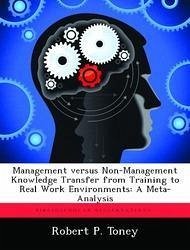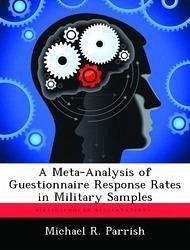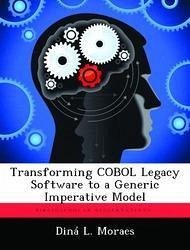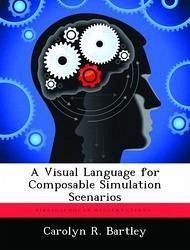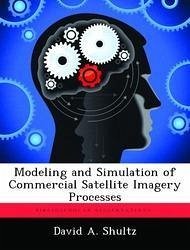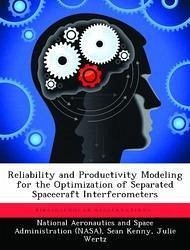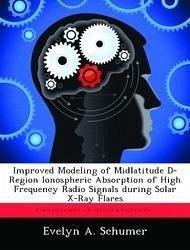Nicht lieferbar
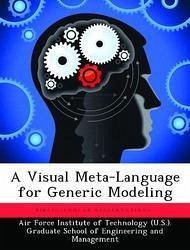
A Visual Meta-Language for Generic Modeling
Versandkostenfrei!
Nicht lieferbar
This research examines the usefulness of a visual meta-language (VLGM - Visual Language for Generic Modeling) developed for the specification of components and relations in a modeling domain. The language is designed to allow software tools to interpret specifications and automatically provide modeling environments. VLGM makes use of the object-orientated software engineering methodology. It defines four types of special classes and three types of relations between them. Data types and primitive types are allocated with several attributes to provide restrictions and enable consistency checks o...
This research examines the usefulness of a visual meta-language (VLGM - Visual Language for Generic Modeling) developed for the specification of components and relations in a modeling domain. The language is designed to allow software tools to interpret specifications and automatically provide modeling environments. VLGM makes use of the object-orientated software engineering methodology. It defines four types of special classes and three types of relations between them. Data types and primitive types are allocated with several attributes to provide restrictions and enable consistency checks over models. As part of this research a software tool was designed. The tool provides a workspace for creating VLGM specifications. It interprets VLGM designs and provides a generic modeling environment. An XML document format is used as a persistence mechanism to promote reusability and sharing. Four case studies from different modeling domains are used to explore the applicability of the idea. This work has been selected by scholars as being culturally important, and is part of the knowledge base of civilization as we know it. This work was reproduced from the original artifact, and remains as true to the original work as possible. Therefore, you will see the original copyright references, library stamps (as most of these works have been housed in our most important libraries around the world), and other notations in the work. This work is in the public domain in the United States of America, and possibly other nations. Within the United States, you may freely copy and distribute this work, as no entity (individual or corporate) has a copyright on the body of the work. As a reproduction of a historical artifact, this work may contain missing or blurred pages, poor pictures, errant marks, etc. Scholars believe, and we concur, that this work is important enough to be preserved, reproduced, and made generally available to the public. We appreciate your support of the preservation process, and thank you for being an important part of keeping this knowledge alive and relevant.






